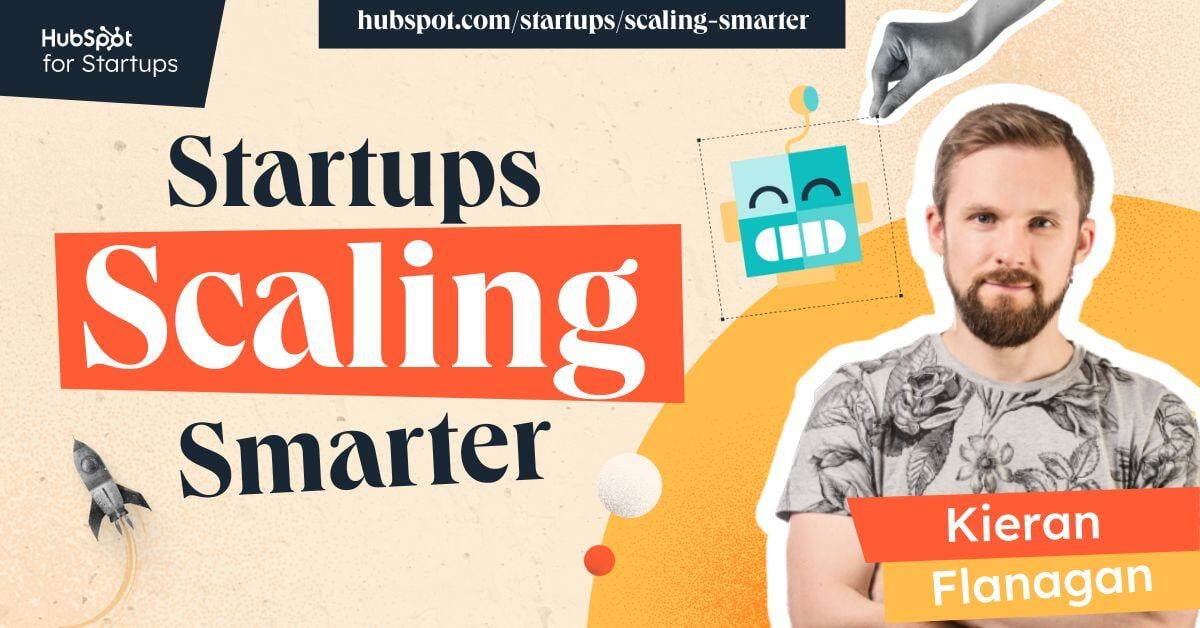Kieran Flanagan on AI for Startup Marketing and Beyond
This story has been moved to the Scaling Smarter Magazine. Read it here.
interview with: Kieran Flanagan
written by: Paige Bennett

This story has been moved to the Scaling Smarter Magazine. Read it here.
interview with: Kieran Flanagan
written by: Paige Bennett



Marketing pro Meghan Keaney Anderson talks all things AI in marketing, from her favorite AI tools to how to use AI safely and securely.

Steve Jones, founder and CEO of diverse stock image platform pocstock, shares his growth insights filling the huge gap in the stock image industry, and building representation in AI.

Mario Martinez Jr., CEO & Co-founder of Vengreso and creator of FlyMSG, shares ways that startups can use AI to help automate their sales process and significantly boost productivity and time-savings.
